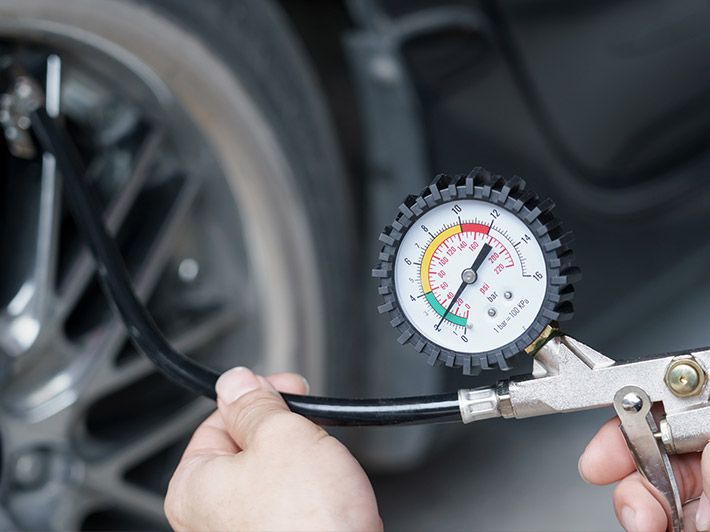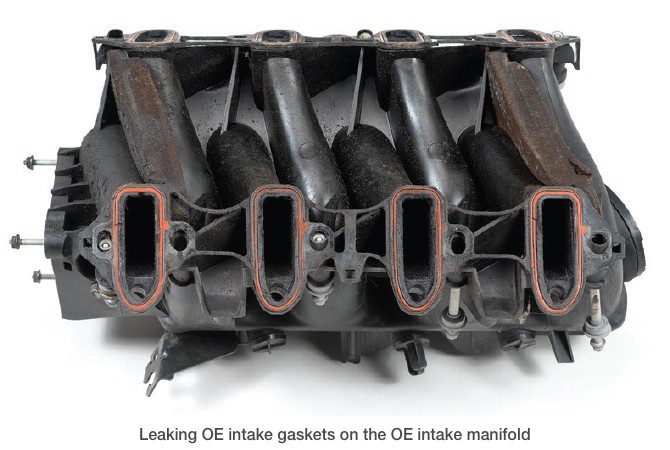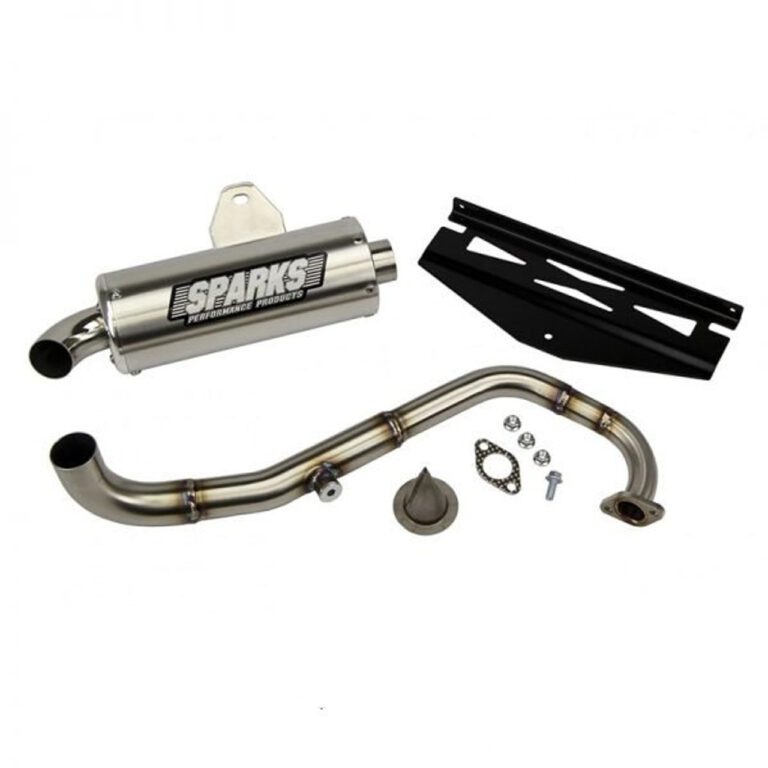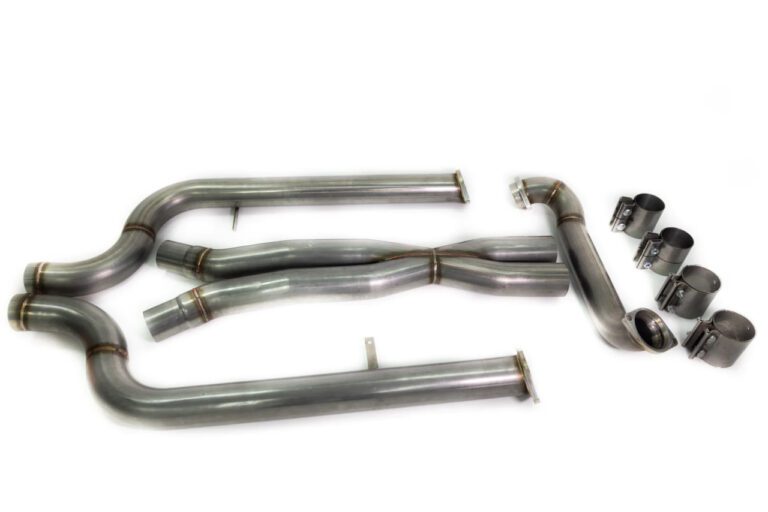How Low Tire Pressure Can You Drive on: Safety Tips & Limits
You can drive on low tire pressure for a short distance, but it is not safe or recommended. Low tire pressure can impact the handling, braking, and fuel efficiency of your vehicle, and can cause damage to the tire itself.
Having proper tire pressure is crucial for safe driving. When your tires are underinflated, they have less grip on the road, which can result in poor handling and longer stopping distances. Additionally, low tire pressure can lead to uneven wear and tear on the tire, reducing its lifespan.
It is advisable to regularly check your tire pressure and ensure it is within the manufacturer’s recommended range to ensure a smooth and safe driving experience.
Importance Of Maintaining Proper Tire Pressure
Proper tire pressure is essential for the performance and handling of your vehicle. Driving with low tire pressure can have a significant impact on your vehicle’s performance and safety. Underinflated tires can lead to decreased fuel efficiency and increased tire wear. It can also affect the handling and braking capabilities of your vehicle, especially in adverse weather conditions.
Driving on underinflated tires can pose potential risks and dangers. It can cause overheating and premature tire failure, increasing the risk of a blowout. Reduced tire pressure also affects the stability of your vehicle, increasing the chances of losing control while driving. This can be particularly dangerous at higher speeds or when making sharp turns. Additionally, underinflated tires may affect the accuracy of your vehicle’s tire pressure monitoring system, leading to false readings and potential failure to detect other tire-related issues.
Recognizing Low Tire Pressure
Recognizing Low Tire Pressure
Signs and symptoms of low tire pressure:
- Visible deflation: One of the most obvious signs of low tire pressure is visual deflation. If your tires appear noticeably flatter than usual, it could be an indication of low pressure.
- Tire pressure warning light: Most modern vehicles are equipped with a tire pressure monitoring system (TPMS) that alerts the driver when the tire pressure is too low. If the TPMS warning light illuminates on your dashboard, it’s a clear indication that you should check and adjust the tire pressure.
- Poor handling and steering responsiveness: Low tire pressure can significantly affect your vehicle’s handling and responsiveness. If you notice that your car feels less stable, drifts to one side, or requires more effort to steer, it could be due to underinflated tires.
- Uneven tire wear: Insufficient tire pressure can lead to uneven wear patterns on your tires. If you notice excessive wear on the outer edges or center of the tread, it may be a sign of low tire pressure.
- Decreased fuel efficiency: Underinflated tires can increase rolling resistance, causing your vehicle to consume more fuel than necessary. If you notice a sudden drop in fuel efficiency, it may be worthwhile to check your tire pressure.
Regular tire pressure checks and maintenance routines are vital to ensuring optimal performance and safety. It is recommended to check your tire pressure monthly and before long journeys. Your vehicle’s user manual will provide the recommended tire pressure values. Proper inflation not only prolongs the lifespan of your tires but also improves fuel efficiency and handling.
Safety Tips And Limits For Driving With Low Tire Pressure
Driving with low tire pressure can be risky and affect the safety of your vehicle. It is important to know the maximum safe limits for driving with underinflated tires to avoid any potential hazards on the road.
Vehicle manufacturers provide recommended tire pressure guidelines for optimal performance and safety. These guidelines can usually be found in the owner’s manual or on a sticker located on the driver’s side door jamb or inside the fuel flap. It is crucial to adhere to these guidelines to ensure proper tire inflation.
When determining safe driving conditions with low tire pressure, there are several factors to consider. These include the severity of the underinflation, the driving conditions (e.g. highway, city, off-road), the weight of the vehicle, and the distance you plan to drive. It is always best to consult with a professional tire technician to assess the safety of driving with underinflated tires.
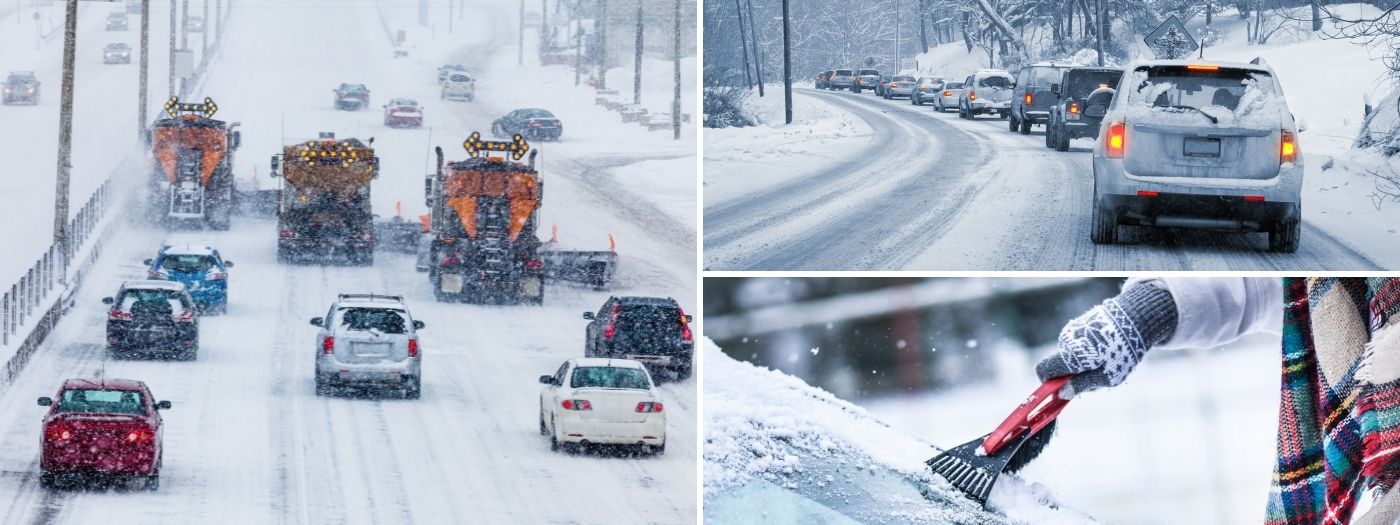
Credit: www.nhtsa.gov
Ensuring Optimal Safety And Performance
| Ensuring Optimal Safety and Performance |
| Proper tire inflation techniques and equipment |
Proper tire inflation is crucial for maintaining optimal safety and performance while driving. Insufficient tire pressure can lead to a range of issues such as reduced fuel efficiency, decreased handling capabilities, and increased risk of tire failure. To ensure your tires are properly inflated, it is recommended to adhere to the vehicle manufacturer’s specified tire pressure levels, which can usually be found on a sticker inside the driver’s side door jamb or in the owner’s manual.
One effective method to monitor tire pressure is by utilizing a tire pressure monitoring system (TPMS). A TPMS provides real-time information on tire pressure, alerting drivers when tire pressure drops below the recommended levels. Regularly inspecting your tires is also essential. Visual inspections can help identify any signs of damage or wear, while tire pressure checks using a reliable gauge allow you to measure the pressure accurately and make adjustments if necessary.
Maintaining proper tire inflation is a simple yet crucial aspect of vehicle maintenance. By keeping your tires properly inflated, you can ensure optimal safety, better fuel efficiency, and extended tire life.
Consequences Of Driving On Underinflated Tires
Underinflated tires can have serious consequences for both your vehicle and your safety. One of the immediate impacts of driving on underinflated tires is decreased fuel efficiency. When tire pressure is too low, it creates more rolling resistance, causing the engine to work harder and burn more fuel. This not only leads to higher fuel consumption but also contributes to increased carbon emissions.
Another important consideration is the impact on vehicle handling. Underinflated tires result in reduced traction and control, compromising your ability to steer and brake effectively. This can be particularly dangerous in wet or slippery road conditions, increasing the risk of accidents and collisions.
Furthermore, driving on underinflated tires for extended periods can result in increased risk of tire blowouts and accidents. The additional strain on the tire sidewalls can lead to overheating and potential tire failure, which can cause sudden blowouts at high speeds, posing a serious safety hazard.
Lastly, driving on underinflated tires can also result in potential damage to tires and overall vehicle maintenance costs. The uneven distribution of weight on underinflated tires can cause irregular tire wear, reducing their lifespan and requiring more frequent replacements. Additionally, the strain on other vehicle components, such as the suspension and braking system, can lead to premature wear and increased maintenance expenses.
Tire Pressure And Seasonal Changes
Proper tire pressure is essential for safe and efficient driving. The effects of temperature fluctuations on tire pressure are often overlooked, but can have a significant impact on your vehicle’s performance. When the temperature decreases, tire pressure decreases as well. Cold weather can cause tire pressure to drop, increasing the risk of blowouts and reducing fuel efficiency. Conversely, hot weather can cause tire pressure to increase, potentially leading to tire damage and decreased traction. It’s important to regularly check and adjust your tire pressure to ensure it is appropriate for the current season and weather conditions. Consult your vehicle’s manual or the tire manufacturer’s guidelines for the recommended tire pressure range. Making small adjustments to your tire pressure can have a big impact on your driving experience and help prolong the life of your tires.
Best Practices For Maintaining Tire Pressure
Properly maintaining tire pressure is crucial for a smooth and safe driving experience. Before embarking on long trips or extended drives, it is essential to check your tire pressure to ensure optimal performance and fuel efficiency. Regular tire pressure checks can help you avoid potential hazards on the road and extend the lifespan of your tires.
When inflating your tires, make sure to follow the manufacturer’s recommendations. Use a tire pressure gauge to accurately measure the pressure, ensuring each tire is inflated to the specified level. Checking the pressure when the tires are cold ensures more accurate readings.
In case your tire pressure drops suddenly while driving, pull over to a safe location away from traffic. Inspect the tires for any visible damage or punctures and use a portable air compressor or spare tire to inflate the affected tire to the recommended pressure. If you encounter frequent drops in tire pressure, consult a professional for further inspection.
Professional Assistance And Maintenance
Benefits of visiting a professional tire service center:
- Expert tire technicians can accurately assess your tire pressure and recommend the best level for optimal performance and safety.
- Professional mechanics use specialized equipment to measure and adjust tire pressure, ensuring accurate readings and precise inflation.
- Regular tire rotations and wheel alignments contribute to even tire wear, extending the lifespan of your tires and improving fuel efficiency.
- Professional tire service providers offer comprehensive tire pressure services, including checking for leaks, repairing punctures, and replacing damaged valves or sensors.
- By visiting a professional tire service center, you can benefit from personalized advice and guidance on tire maintenance, tire brands, and tire care best practices.
- Tire specialists can also perform thorough visual inspections of your tires, identifying potential issues such as tread wear, sidewall damage, or uneven wear patterns.
- Regular visits to a professional tire service center help ensure that your vehicle’s tires are in optimal condition, reducing the risk of blowouts, accidents, and costly repairs.
Frequently Asked Questions Of How Low Tire Pressure Can You Drive On
Is It Ok To Drive On 28 Psi?
Driving on 28 psi is not recommended as it is below the recommended tire pressure. Proper tire pressure ensures safety, stability, and fuel efficiency. Always refer to the vehicle’s manual or the tire placard for the correct tire pressure.
Can I Drive Around With Low Tire Pressure?
Driving with low tire pressure is not recommended. Low tire pressure can negatively affect your vehicle’s handling, stability, and fuel efficiency. It can also lead to tire damage and increase the risk of a blowout. Regularly check and maintain proper tire pressure for a safer driving experience.
Can You Drive On 5 Psi?
Driving on 5 psi is not recommended as it’s too low for safe operation. Low tire pressure can cause tire damage, reduced control, and increased risk of accidents. Properly inflated tires ensure better handling, fuel efficiency, and overall safety on the road.
When Should I Not Drive With Low Tire Pressure?
Do not drive with low tire pressure if you notice decreased stability, increased braking distance, uneven tire wear, or if the vehicle pulls to one side. Additionally, driving with low tire pressure can lead to a blowout or damage to the tire and rim.
Conclusion
Driving with low tire pressure is not only dangerous but also detrimental to the performance and longevity of your vehicle. It can lead to decreased fuel efficiency, compromised handling, and even tire blowouts. Regularly monitoring and maintaining the correct tire pressure is crucial for ensuring a safe and smooth driving experience.
By taking proactive measures to keep your tires properly inflated, you can avoid unnecessary risks on the road and improve the overall health of your vehicle. Remember, safety should always be your top priority when it comes to driving.
